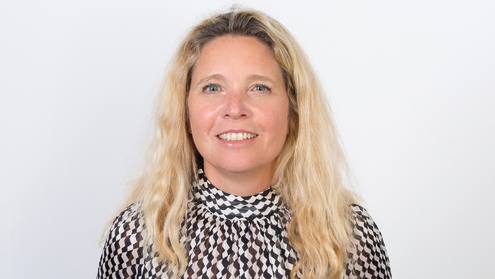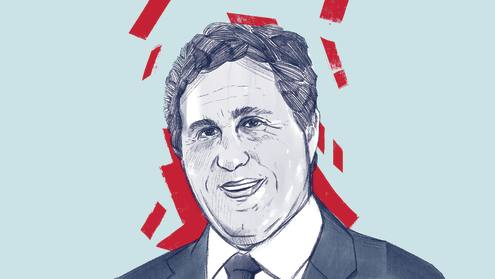The work of the Basel Committee over the past decade has been substantive and substantial. The Basel III framework, which encompasses a number of reforms, has fixed many of the fault lines in the pre-crisis regulatory framework. Capital requirements have increased. Greater focus has been placed on truly loss-absorbing resources in the form of common equity Tier 1 capital. The risk-weighted framework has been overhauled to enhance risk capture and improve comparability in banks’ reported capital ratios. A leverage ratio complements this framework by constraining excess leverage in the banking system. Macroprudential buffers – capturing both cross-sectional and time-varying risks – provide an overlay against system-wide risks. And we now have an international framework for mitigating excessive liquidity risk and maturity transformation, through the Liquidity Coverage Ratio and the Net Stable Funding Ratio.
These reforms are a testament to the strong willingness of Basel Committee members to co-operate on global financial stability issues. At a time of growing strains on multilateralism, the accomplishments of the Basel Committee over the past decade highlight the determination of central banks and supervisory authorities to work constructively towards finding global solutions to enhance the resilience of the global banking system.






